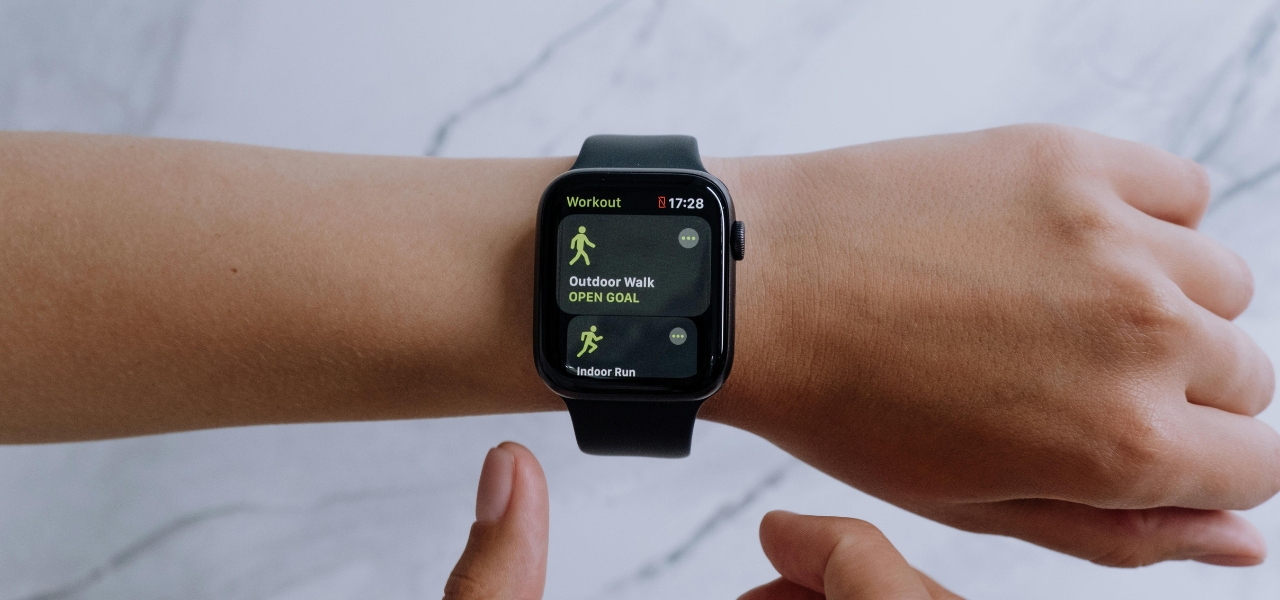Smartwatches have evolved from simple step counters into powerful wearable computers that track health metrics, push notifications, and even facilitate payments. But as their capabilities grow, so does the concern: is your smartwatch quietly spying on you? The convenience of constant connectivity often comes at a hidden cost—your privacy.
The Scope of Data Collection
Modern smartwatches like the Apple Watch Series 9, Samsung Galaxy Watch 6, and Fitbit Sense 2 collect an astonishing amount of personal data. These devices track:
- Heart rate and variability
- Blood oxygen levels
- Location history via GPS
- Sleep patterns
- Voice commands
- Device usage behavior
Many also record biometric identifiers—a category of sensitive personal data protected under regulations like GDPR and HIPAA in healthcare contexts. While these features enable personalized health insights, they also generate a continuous stream of highly sensitive data—often synced with cloud services.
Who Owns Your Data?
Here’s where the privacy concern deepens. When you buy a smartwatch, you don’t just get a gadget—you enter an agreement with an ecosystem. This includes the device manufacturer, app developers, third-party analytics firms, advertisers, and cloud storage providers. For example, Fitbit shares anonymized health data with researchers and advertisers, while Google’s acquisition of Fitbit raised alarms about health data integration into advertising platforms.
Even if data is “anonymized,” techniques like data triangulation and AI pattern recognition can often re-identify individuals, especially when combined with location or behavioral patterns. That means your data may not be as private—or anonymous—as you think.
Passive Surveillance via Wearables
Some smartwatches have always-on microphones or voice assistants (e.g., Siri, Bixby, Google Assistant). Though these are “activated” by wake words, researchers have demonstrated that passive audio capture is technically feasible, and security flaws or misconfigurations can result in inadvertent eavesdropping.
The growing use of third-party apps compounds the issue. Many apps request unnecessary permissions—like access to your location, microphone, or contact list—without offering transparency about how that data is used.
Regulation vs. Reality
While regions like the EU have strict regulations under GDPR, and California enforces CCPA, enforcement remains weak in many areas. Smartwatch manufacturers often bury consent language in long, complex user agreements that most people never read. Furthermore, cross-border data sharing—common in global cloud platforms—makes enforcement even harder.
What You Can Do
- Review app permissions and disable access to non-essential data.
- Turn off location services and microphone access when not in use.
- Use local device storage where possible instead of cloud syncing.
- Choose manufacturers with transparent privacy policies and good reputations for security (e.g., Apple fares better than some budget brands).
- Use encrypted connections and be cautious with public Wi-Fi when syncing your watch.
Also read: The Unified Smart Home: Matter’s 2025 Progress Report
Conclusion
Your smartwatch may not be malicious, but it is potentially a gateway for passive surveillance. The burden of privacy protection falls largely on the user, given the inadequacy of regulation and transparency. As wearables grow smarter and more ubiquitous, the question is no longer if they collect sensitive data—but how much, and who else is listening.
Tags:
CybersecuritySmart DevicesAuthor - Jijo George
Jijo is an enthusiastic fresh voice in the blogging world, passionate about exploring and sharing insights on a variety of topics ranging from business to tech. He brings a unique perspective that blends academic knowledge with a curious and open-minded approach to life.
